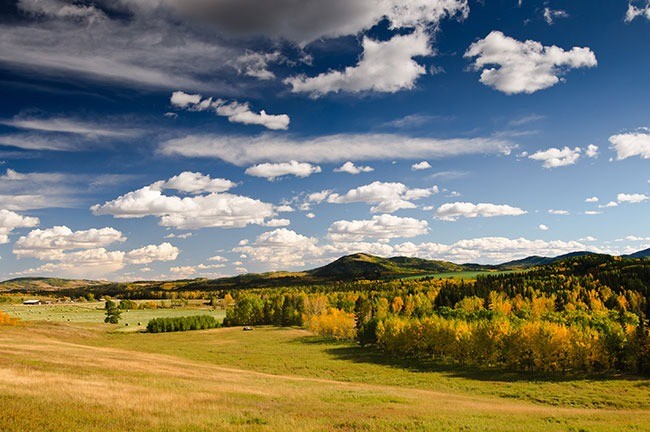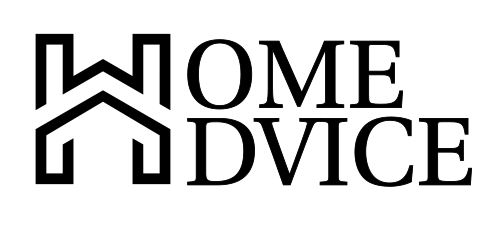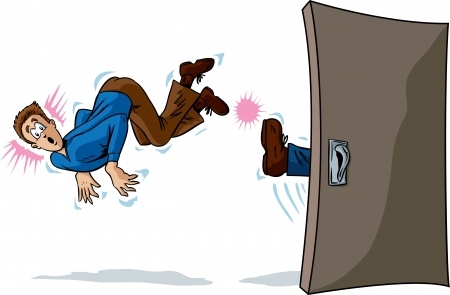Grand Prairie

Grand Prairie
The City of Grande Prairie has a bi-line on their website – “resourceful spirit, growing opportunity.” Perhaps this aptly sums up the energy of the city of Grand Prairie, located in Peace River Country in the northwest quadrant of Alberta, and the largest city north of Edmonton.
As with other cities and locations in Alberta, the history of the region is a fascinating one with the push west across the continent from the east by traders.
History shows the Beaver First Nation lived in this prairie wilderness, which opened up with the fur trade in the early 19th century. The area experienced a rush of settlers into the settlement known as La Grand Prairie, established as a Hudson’s Bay Company post. Cree and Iroquois were also settled in the region by the late 19th century. Growing from the status of village in 1914 to that of town in 1919 and then city in 1958, Grand Prairie became known as the “Home of the Trumpeter Swan,” which breed in this locale. With the introduction of the railway in 1916 the farming community began to expand.
Over the ensuing decades, Grande Prairie grew exponentially. It had already become a service centre in the region, and more people flocked to the area. The city had its fair share of “boom and bust” challenges regarding the demand and supply of housing. Today with the input of coping mechanisms and strategies by the City – growth is steady. Between 2001 and 2006, Grande Prairie was designated one of Canada’s fastest growing cities. It is also the youngest city in Canada. The population of the city as of the 2011 Census reached 55,032 residents.
One of the major contributors to the growth of Grande Prairie was the discovery in 1976 of the Elmworth Deep Basin Gas Field.
As mentioned in the 1984 Elmworth Case Study of a Deep Basin Gas Field, John A. Masters wrote, “Elmsworth contains 17 tcf of proved plus probable gas and 1 billion barrels of natural gas liquids with a huge adjoining area which has only been lightly drilled. The field is already known to be the largest gas accumulation in Canada and ranks as one of the largest in North America.”
The 2011 National Household Survey disclosed that residents come from a number of ethnic backgrounds, which makes the culture diverse. The 2001 Census also reveals the median age of residents was 29.7. Grand Prairie’s economy is diversified: forestry and agriculture, as well as food service, combine with the oil and gas industry to add to the prospering economy. As an economic hub for the region, Grand Prairie lies on the trade route known as CANAMEX, linking Canada to the United States and Mexico as trading partners.
The average home price listed at March 2014 is $311,424.
The Grand Prairie Association of Realtors, CMHC Calculation lists the Annual MLS® Sale of homes 2014 (August), as reaching just under 2,500 units – 2013 finishing with under 3000 MLS® properties being sold. The City cites the average household income from a 2012 estimate at $126,877 and 4.7% unemployment rate as of April 2014.
Attractions in Grande Prairie are numerous; and include county parks, the Nitehawk Recreation area, Heritage Discovery Centre, Muskoseepi Park which runs through Grande Prairie, campgrounds, trails, the Grande Prairie Museum, Skateboard Park, Swanavon Thrill Hill, Golf, Crystal Lake among others, and a Cultural Information Centre to guide visitors to the area.
Grande Prairie has much to offer its residents, whether employment opportunities or for social activities, and great entertainment for visitors to the region. The community is a vibrant and active one.








